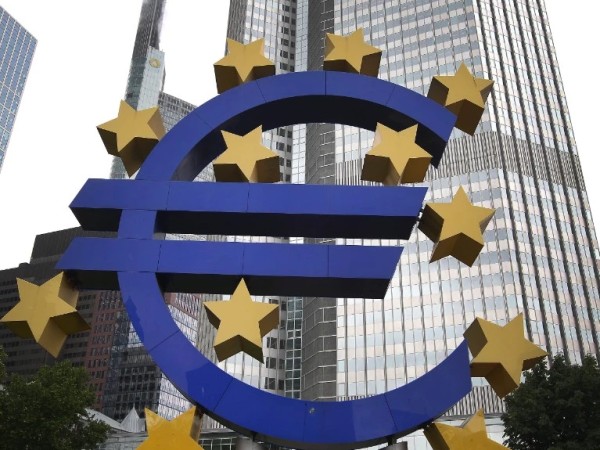At the end of the first quarter of 2022, the government debt to GDP ratio in the euro area stood at 95.6%, compared with 95.7% at the end of the fourth quarter of 2021. In the EU, the ratio also decreased from 88.1% to 87.8%. For both the euro area and the EU, the slight decrease in government debt to GDP ratio is due to an increase in GDP outweighing the increase in government debt in absolute terms. Compared with the first quarter of 2021, the government debt to GDP ratio decreased more strongly in both the euro area (from 100.0% to 95.6%) and the EU (from 92.3% to 87.8%). The decreases are due to the rebound in GDP, while debt in absolute terms continued to increase.
At the end of the first quarter of 2022, debt securities accounted for 82.9% of euro area and for 82.5% of EU general government debt. Loans made up 14.0% and 14.5% respectively and currency and deposits represented 3.1% of euro area and 3.0% of EU government debt. Due to the involvement of EU Member States' governments in financial assistance to certain Member States, quarterly data on intergovernmental lending (IGL) are also published. The share of IGL as percentage of GDP at the end of the first quarter of 2022 accounted for 1.8% in the euro area and to 1.5% in the EU.
These data are released by Eurostat, the statistical office of the European Union.
Government debt at the end of the first quarter 2022 by Member State
The highest ratios of government debt to GDP at the end of the first quarter of 2022 were recorded in Greece (189.3%), Italy (152.6%), Portugal (127.0%), Spain (117.7%), France (114.4%), Belgium (107.9%) and Cyprus (104.9%), and the lowest in Estonia (17.6%), Luxembourg (22.3%) and Bulgaria (22.9%).
Compared with the fourth quarter of 2021, eight Member States registered an increase in their debt to GDP ratio at the end of the first quarter of 2022 and nineteen a decrease. Increases in the ratio were observed in France (+1.9 percentage points – pp), Italy (+1.8 pp), Cyprus (+1.3 pp), Malta (+1.2 pp), Austria (+1.1 pp), Czechia (+0.8 pp), Hungary (+0.7 pp) and Slovenia (+0.4 pp), while the largest decreases were recorded in Greece and Lithuania (both -4.0 pp), Denmark (-3.7 pp), Croatia (-2.5 pp), Ireland and Bulgaria (both -2.2 pp).
Compared with the first quarter of 2021, three Member States registered an increase in their debt to GDP ratio at the end of the first quarter of 2022 and twenty-four Member States a decrease. Increases in the ratio were recorded in Slovakia (+2.6 pp), Romania (+1.0 pp) and Malta (+0.4 pp), while the largest decreases were observed in Greece (-20.0 pp), Cyprus (-16.1 pp), Croatia (-12.8 pp), Portugal (-12.0 pp), Slovenia (-9.9 pp), Belgium (-9.1 pp), Denmark (-7.8 pp), Spain (-7.5 pp) and Ireland (-7.3 pp).















